It’s hard to imagine Florida without Henry Morrison Flagler, the railroad tycoon whose transportation system and adjoining cities connected the poorest and wildest state in the country to the rest of the nation.
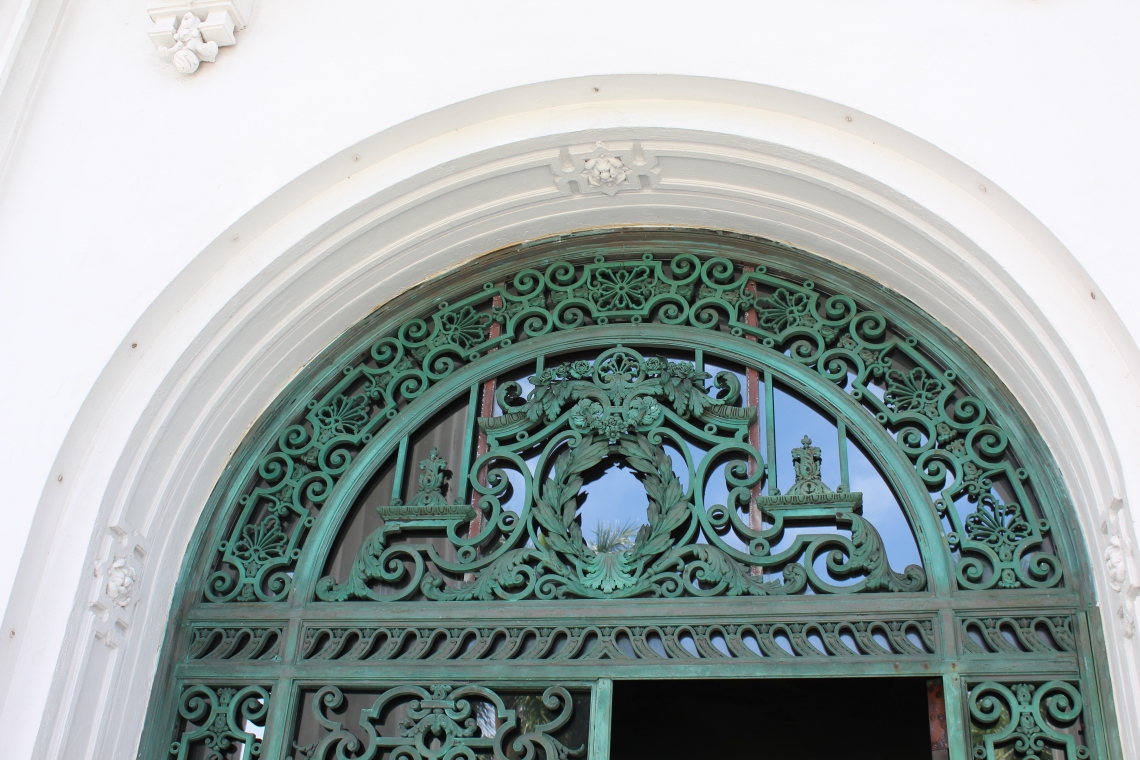
Part of the Standard Oil trio with John D. Rockefeller and Samuel Andrews, Flagler arrived in Jacksonville in the winter of 1878, hoping to revive the failing health of his wife, Mary Harkness. Unfortunately, the first Mrs. Flagler passed away three years later. Flagler returned to Florida, this time to St. Augustine, with his second wife, Ida Alice, shortly after their wedding. Recognizing the tourism potential of the state’s tropical climate, he gave up his day-to-day involvement in Standard Oil to begin building hotels along our coast (Hello, The Breakers!). However, Flagler needed a way to transport the original snowbirds from the frigid north to our sandy shores. No dummy, he quickly purchased the Jacksonville, St. Augustine, & Halifax Railroad, which later became the Florida East Coast Railway system – the railroad we still use today.
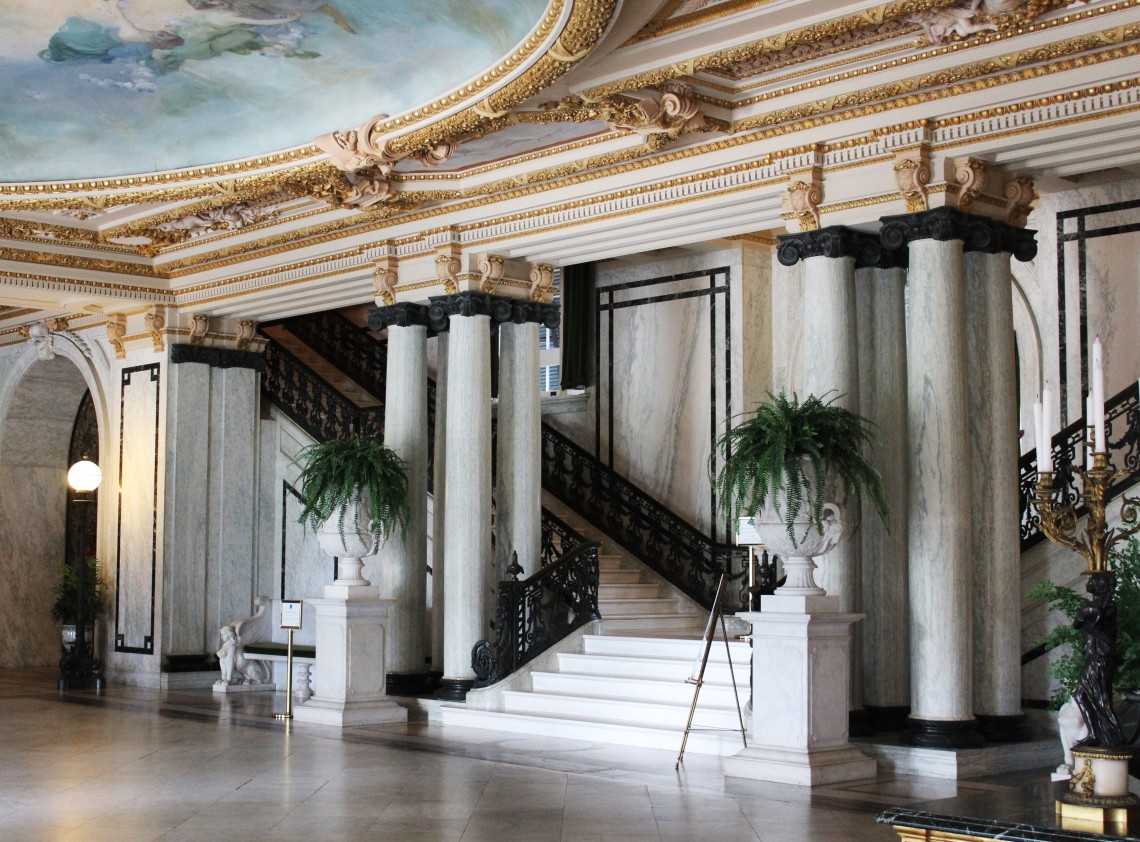
Flagler worked his way down the coast, laying track and building hotels in St. Augustine, Daytona, and finally, Palm Beach. Legend has it that Flagler was convinced to continue his railroad to Miami by Julia Tuttle, the only woman to found a major American city. Mrs. Tuttle owned the land upon which the modern city of Miami is built. After two winters (1894 and 1895) of devastating freezes that wiped out the orange groves in northern and central Florida, Mrs. Tuttle sent Flagler oranges from Miami, showing him that the cold weather hadn’t touched her groves. Almost immediately, Flagler ordered his railroad further south. It was finally completed in 1912, when the tracks reached the island of Key West, with nearly 156 miles of the railroad constructed over water.
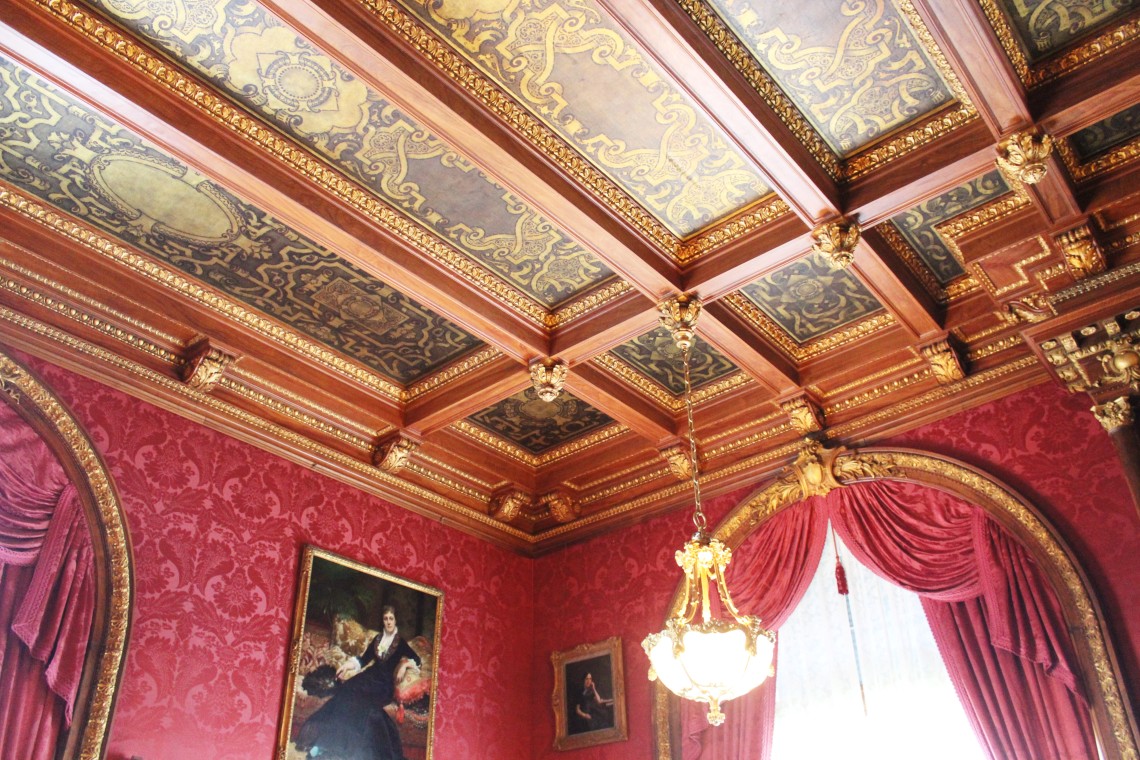
Flagler played a major role in developing the cities along Florida’s Atlantic coast: Jacksonville, St. Augustine, Daytona, Miami. Yet, he chose Palm Beach as the location for his winter home, a gift to his third wife, Mary Lily Kenan. Named “Whitehall” for its ivory exterior, the mansion was a wedding gift to Mary Lily (setting the bar high for P). The home soon became a beacon of modern, turn-of-the-century technology in the primitive wilderness of South Florida. It boasted 22 bathrooms with indoor plumbing, electric lighting, indoor heating, and a telephone system – luxuries previously unheard of in the area. Almost single-handedly, Flagler created Florida’s economic foundation, providing the transportation infrastructure for our tourism and agricultural industries. Flagler died in 1913 at the age of 83 after falling down a staircase at Whitehall. He never recovered from his injuries and is buried in St. Augustine next to his first wife and two daughters.
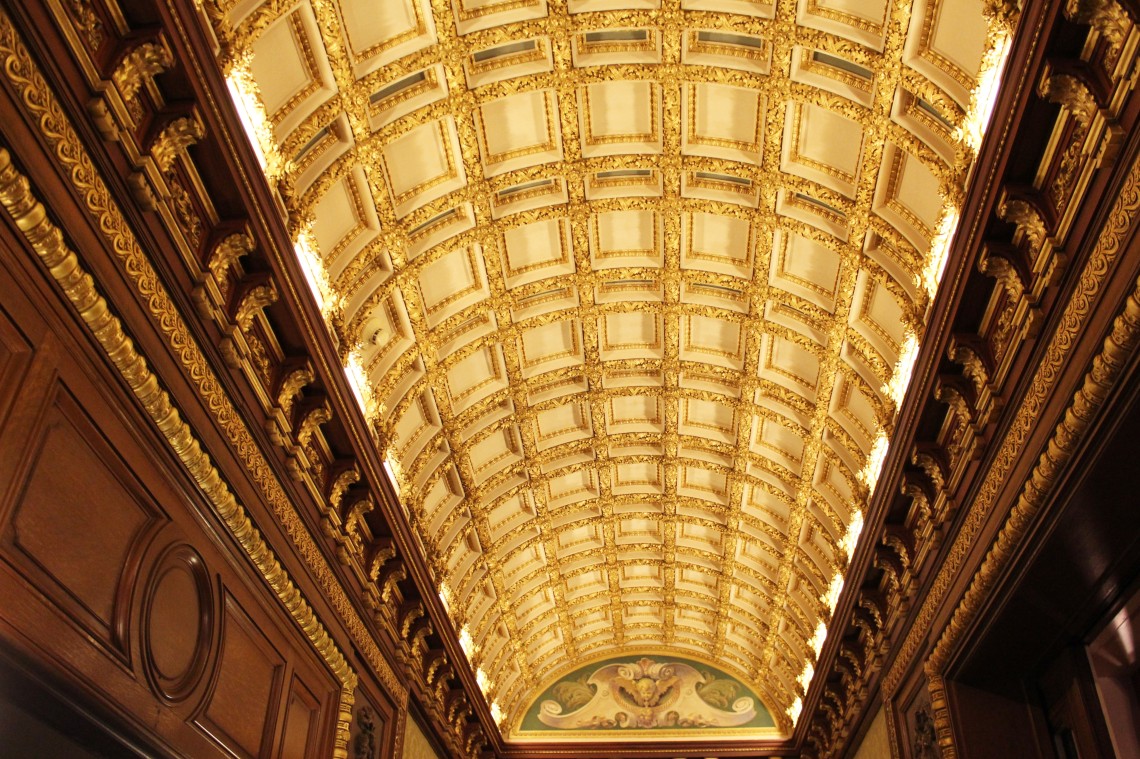
After Flagler’s death, Whitehall became a glamorous hotel. An 11-story, 250 bedroom tower was built to the west of the original structure. Flagler’s home became a lobby, bar, dining room, and entertainment area. In 1959, the entire building was in danger of being demolished. In an effort to preserve an important piece of Florida’s history, Jean Flagler Matthews, Henry Flagler’s granddaughter, formed a non-profit organization to purchase and save the property. The Henry Morrison Flagler Museum opened in 1960 to much fanfare and celebration. Life Magazine even featured the event on it’s cover!
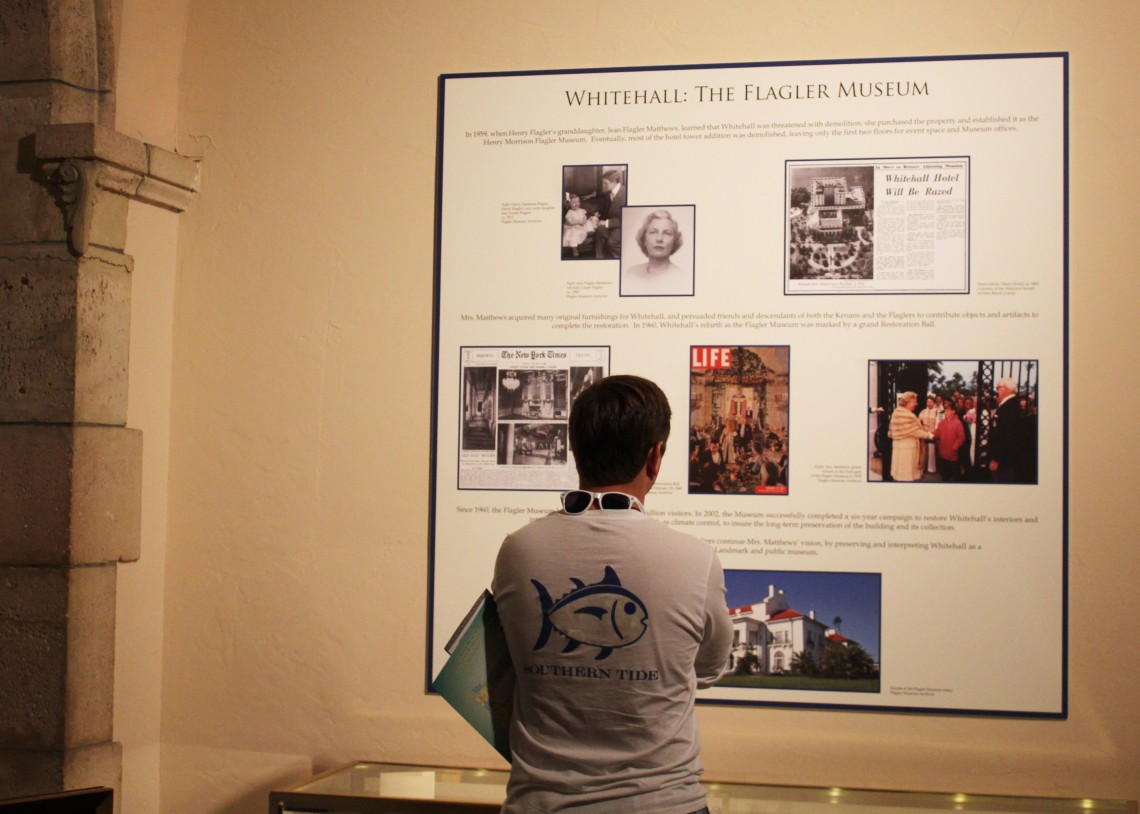
If you’re looking for a quiet way to beat the “Florida fall” heat, take a leisurely afternoon stroll through the museum. Adult admission is $18 per person and guided tours are free of charge.
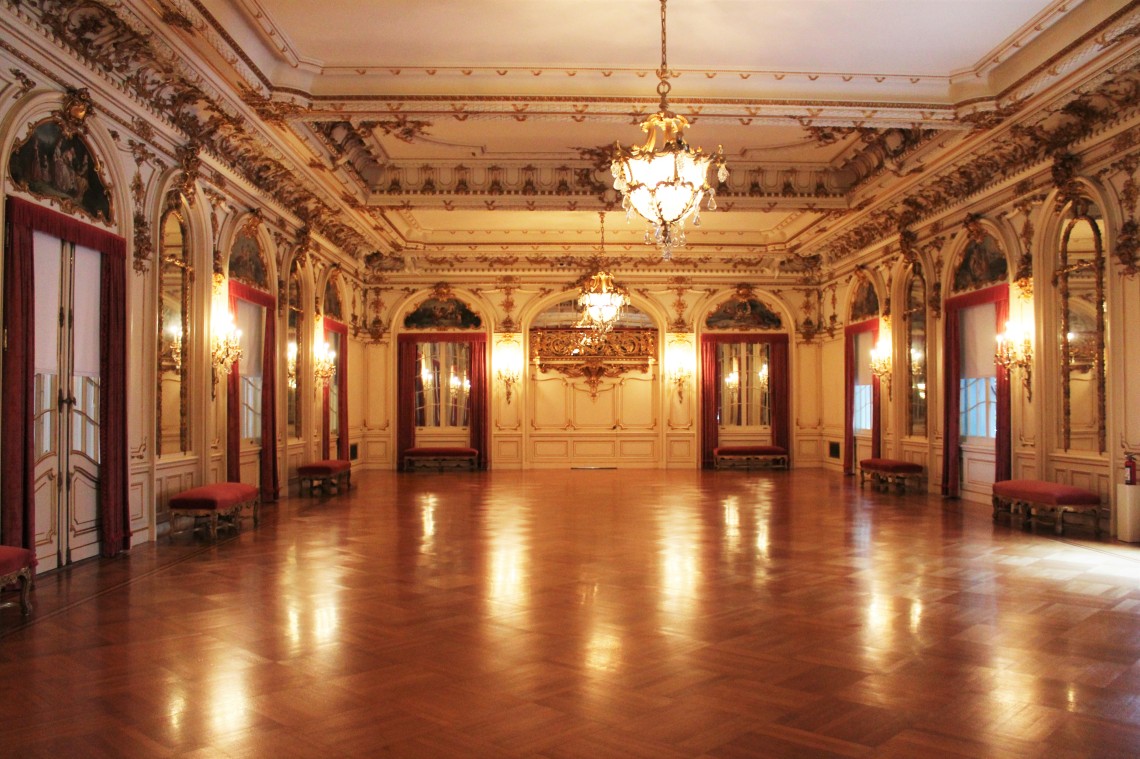
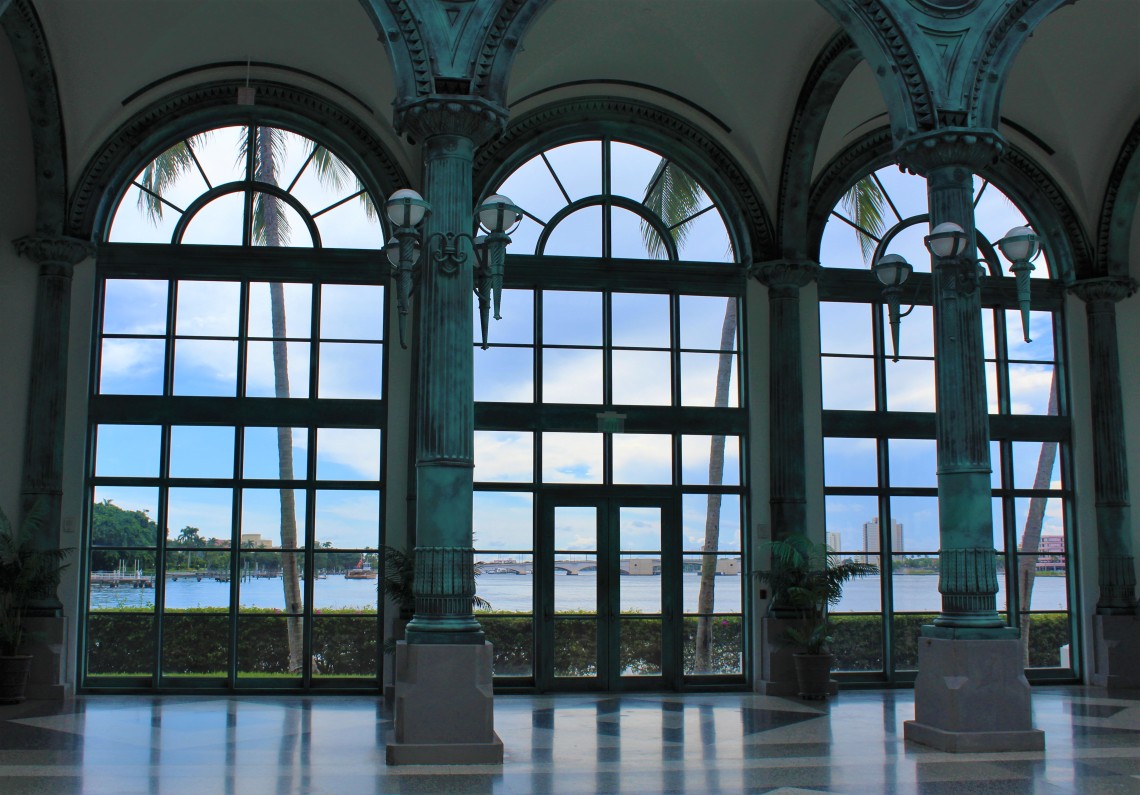
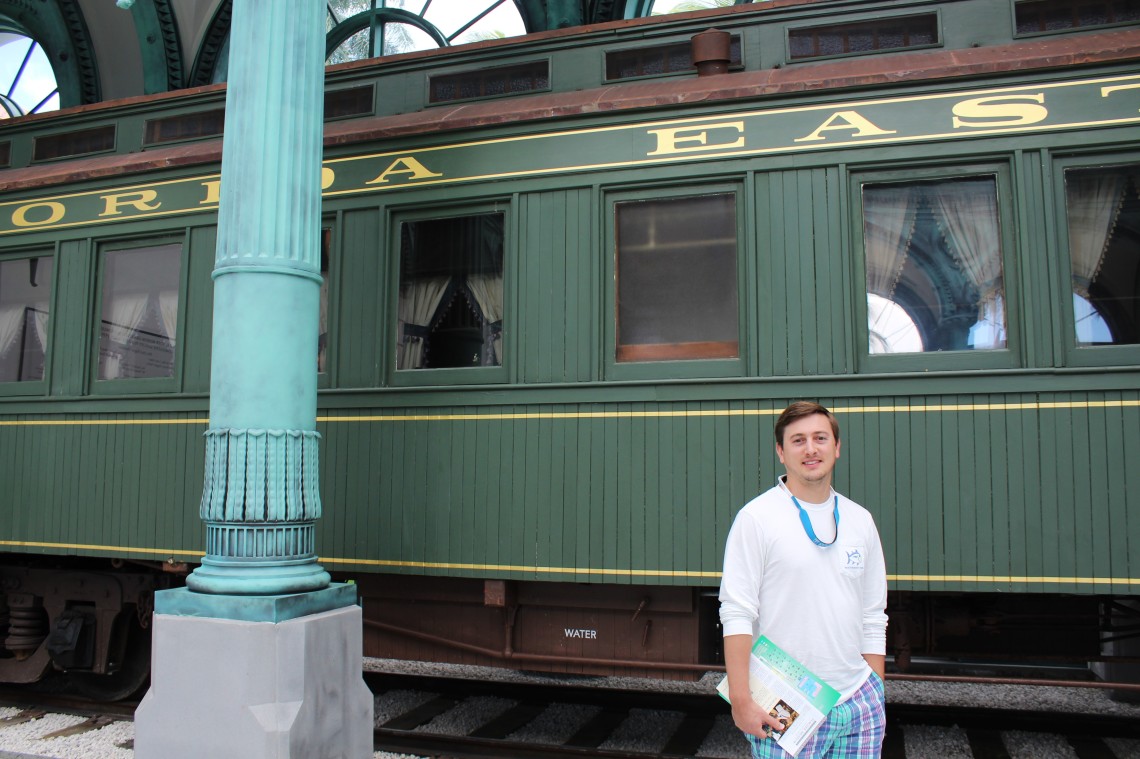
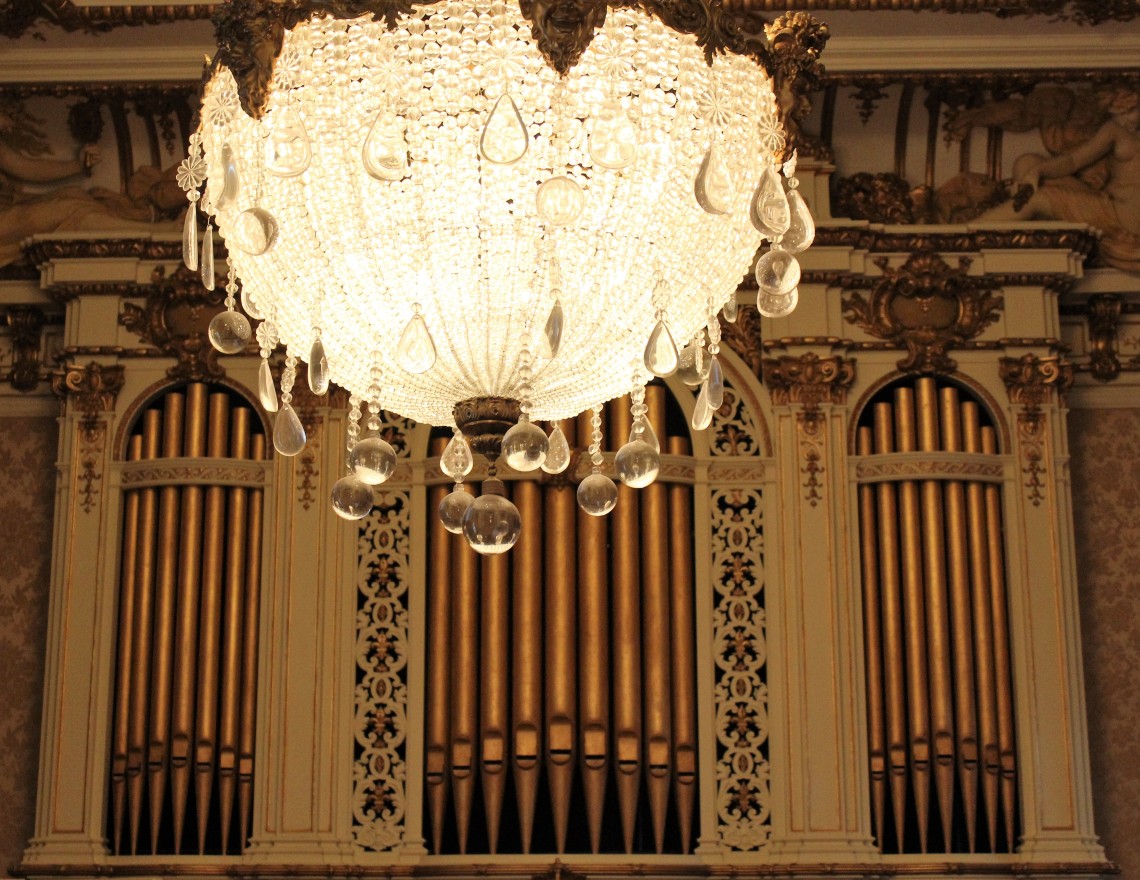
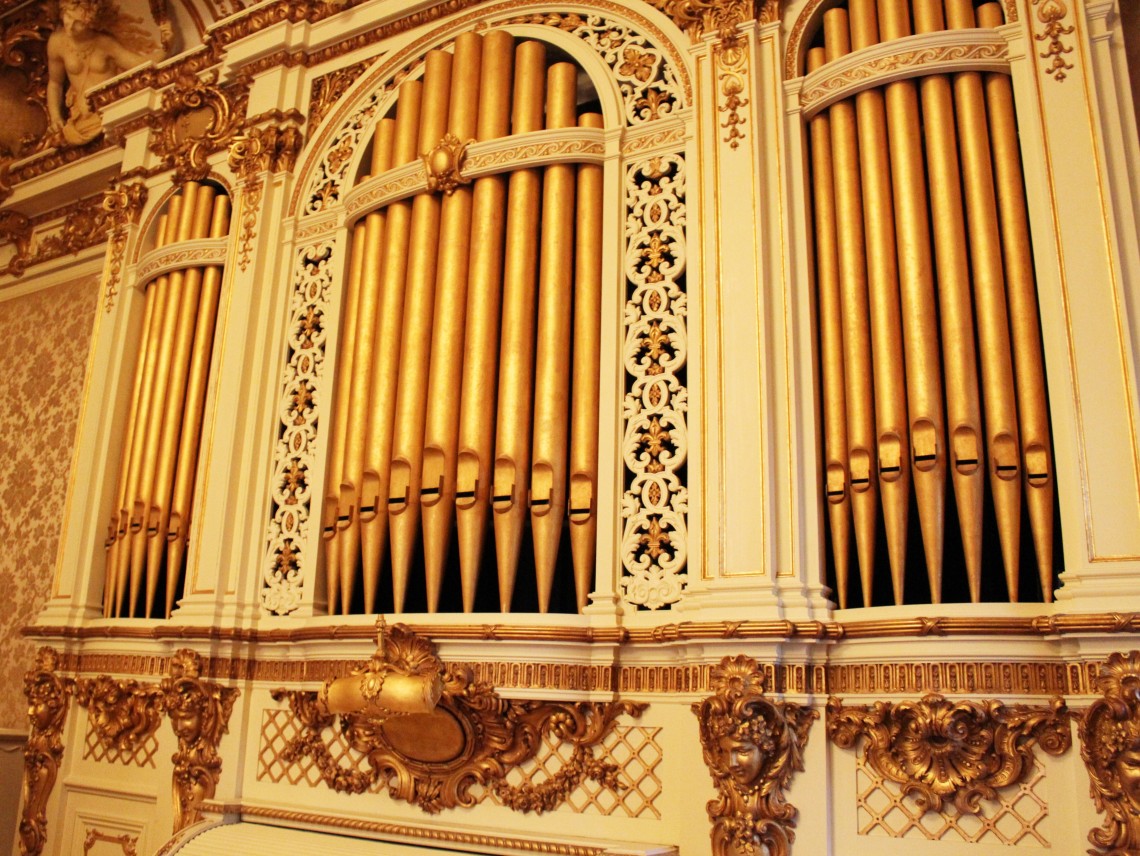
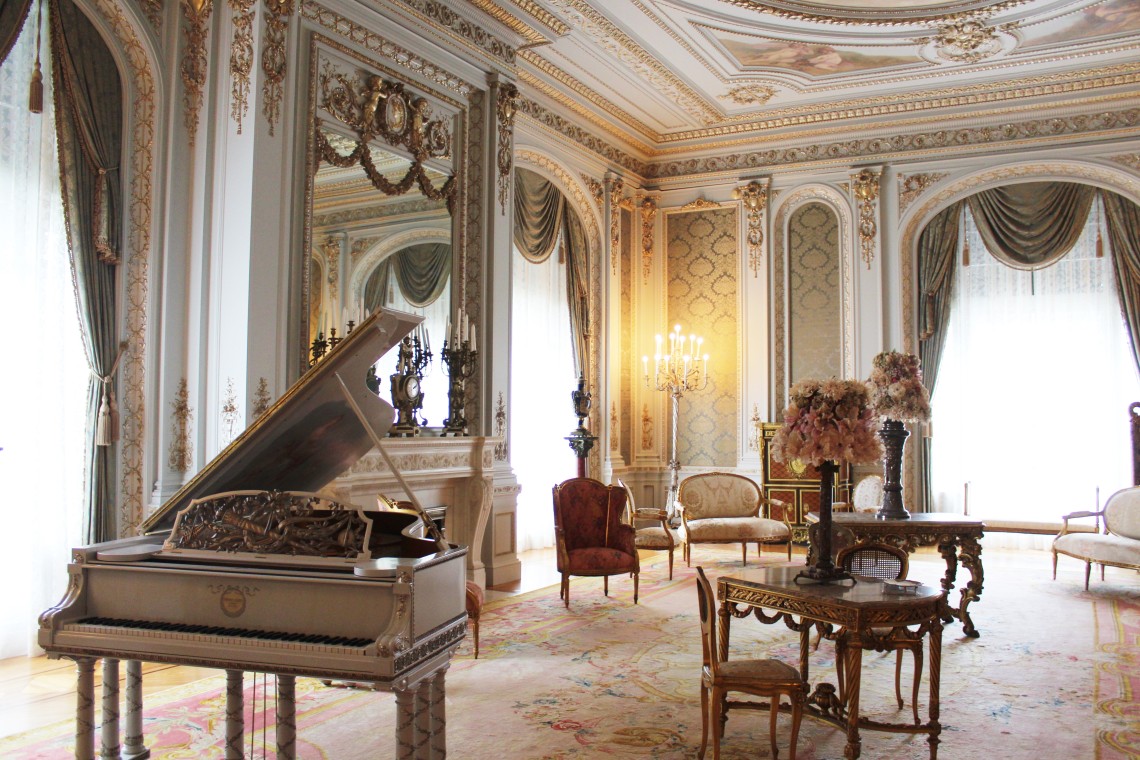
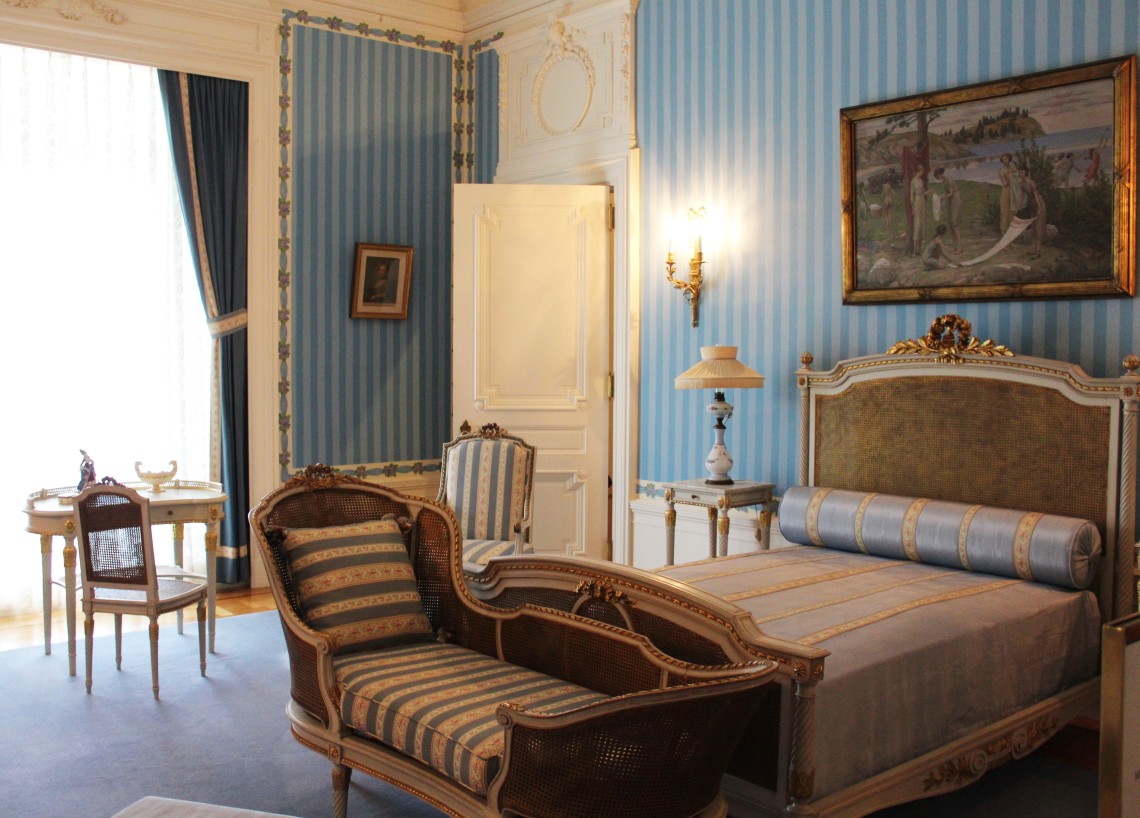
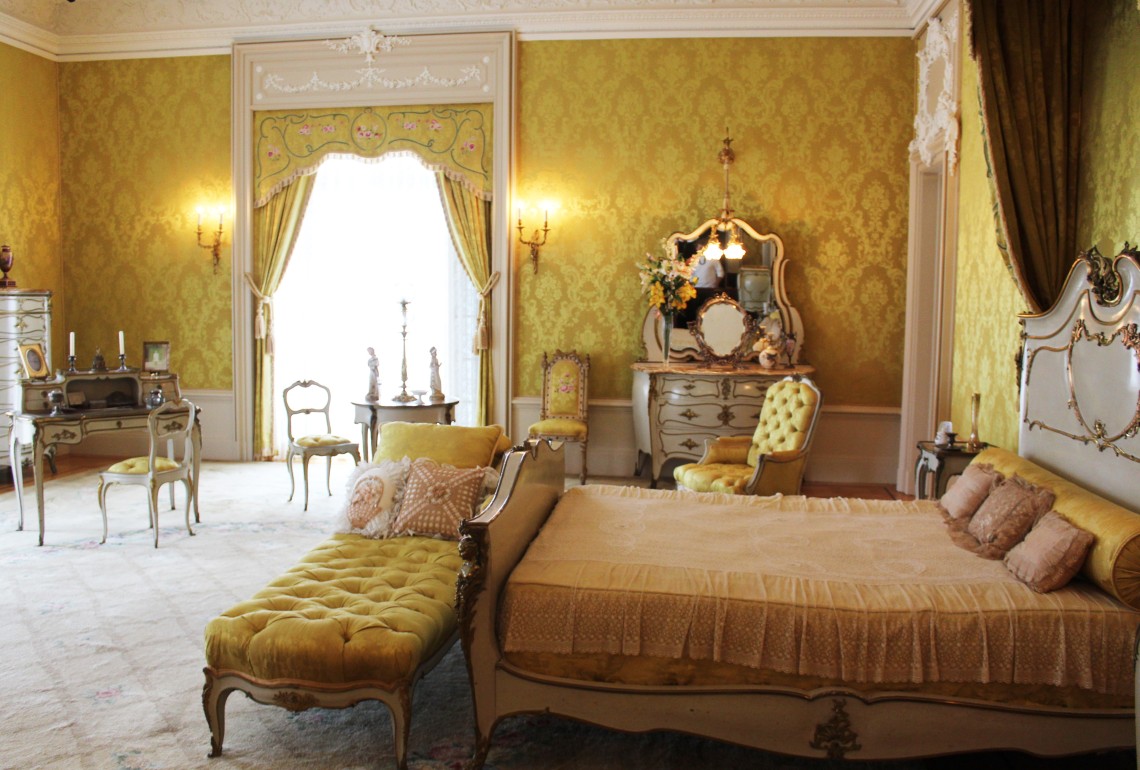
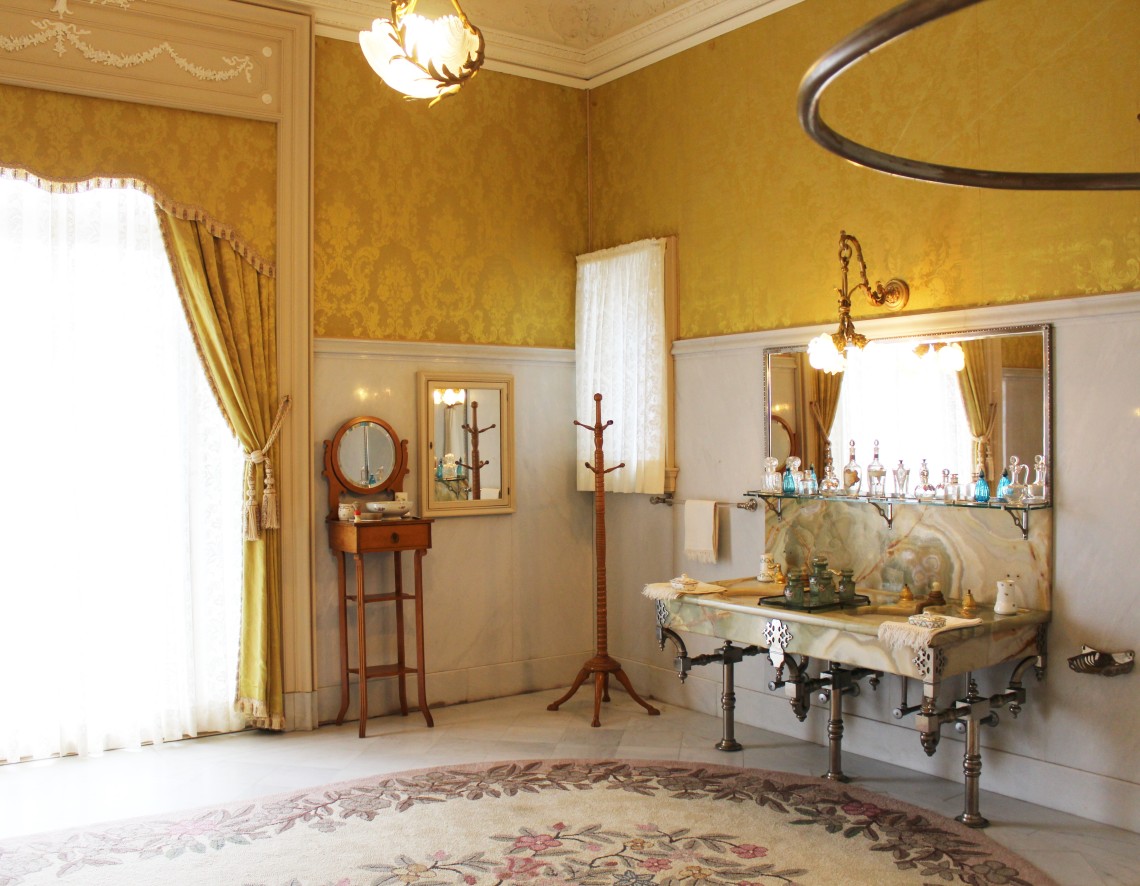
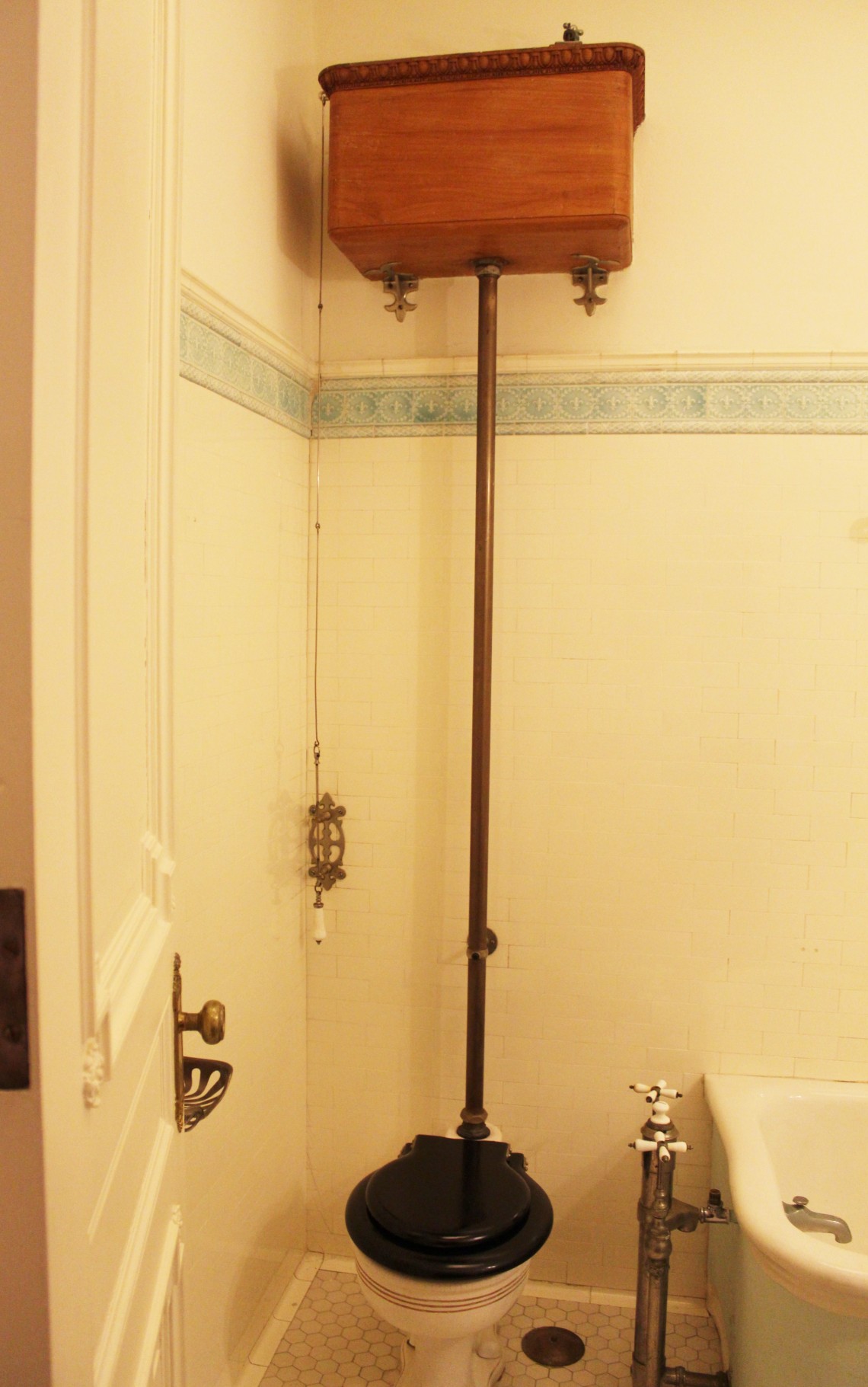
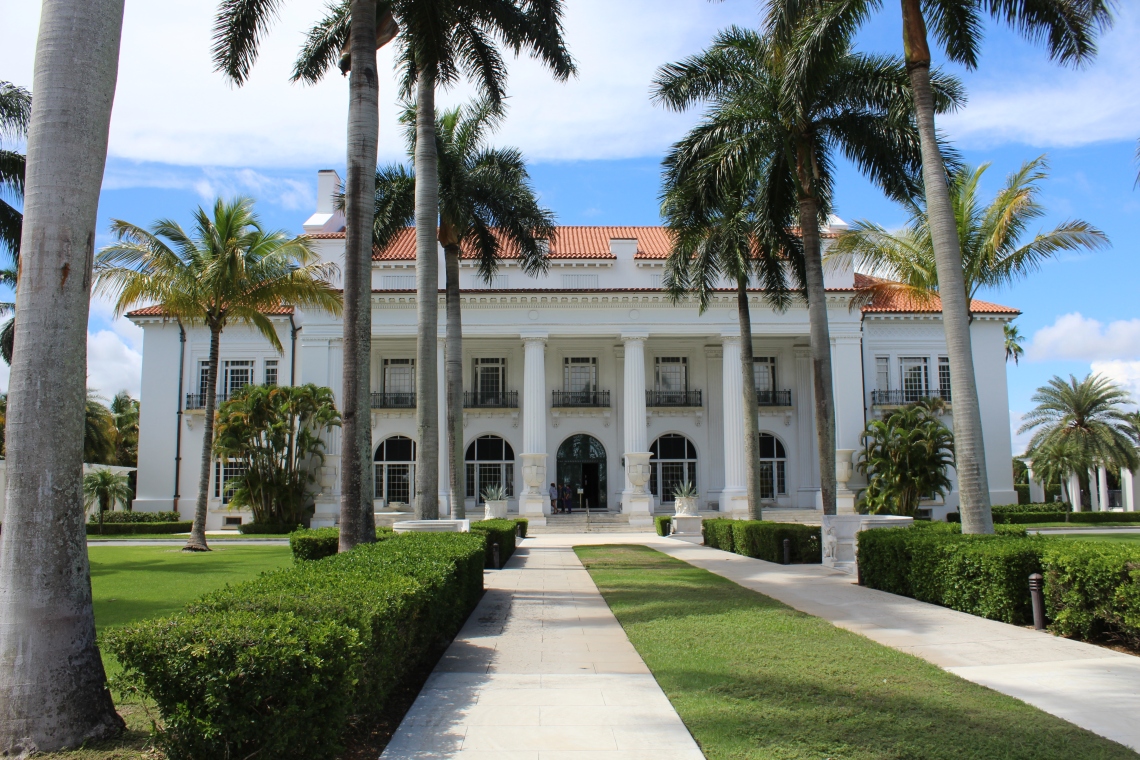 The Flagler Museum is proof that Florida isn’t the cultural backwater many of our state’s critics make it out to be. In fact, there is much more to the Sunshine State than the beach and the crazy stories you hear on national news. Once upon a time, it was the winter home of one of the country’s most successful business men (and, you can argue, it still serves the same purpose today), a man who brought culture and refinement to the nation’s last frontier. According to the museum’s website, the message of Whitehall wasn’t, “Hey, look at me, I’m rich!” but instead:
The Flagler Museum is proof that Florida isn’t the cultural backwater many of our state’s critics make it out to be. In fact, there is much more to the Sunshine State than the beach and the crazy stories you hear on national news. Once upon a time, it was the winter home of one of the country’s most successful business men (and, you can argue, it still serves the same purpose today), a man who brought culture and refinement to the nation’s last frontier. According to the museum’s website, the message of Whitehall wasn’t, “Hey, look at me, I’m rich!” but instead:
“Hey, look at us. We Americans are the realization of more than 3,000 years of western cultural evolution and it is in this New World where individual freedom and individual initiative determine merit and where technology has freed us to be our best, that the human experience can finally be what it was always meant to be.”
Yep, right here in good ol’ Florida.
Thanks, Henry Morrison Flagler.
xo,
JUP Girl
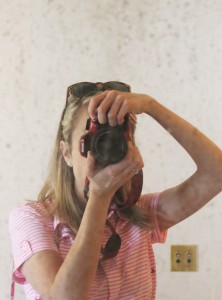
The Flagler Museum – One Whitehall Way, Palm Beach, Florida 33480 – 561.655.2833
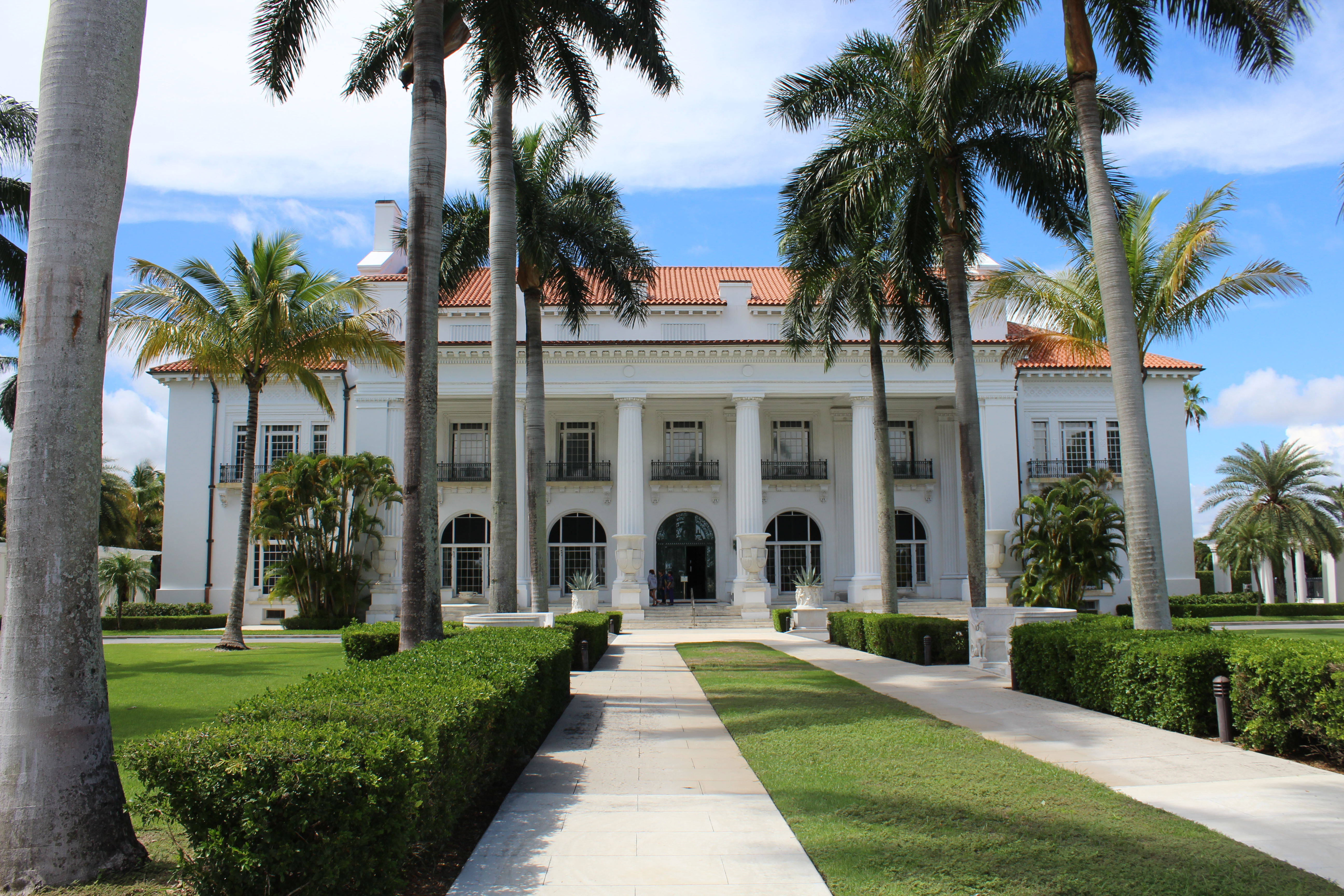
Emily, You’ve done it again. You’re amazing and I love reading your blog. Hugs, Nan
LikeLike
Thanks Miss Nan!
LikeLike
Wow that’s a gorgeous mansion! I would love to visit. Thanks for bringing it to my attention 💕
LikeLike
If you ever find yourself in South Florida, do let me know!
LikeLike
Great article… excellent photography too!
LikeLike
Thanks so much!
LikeLike